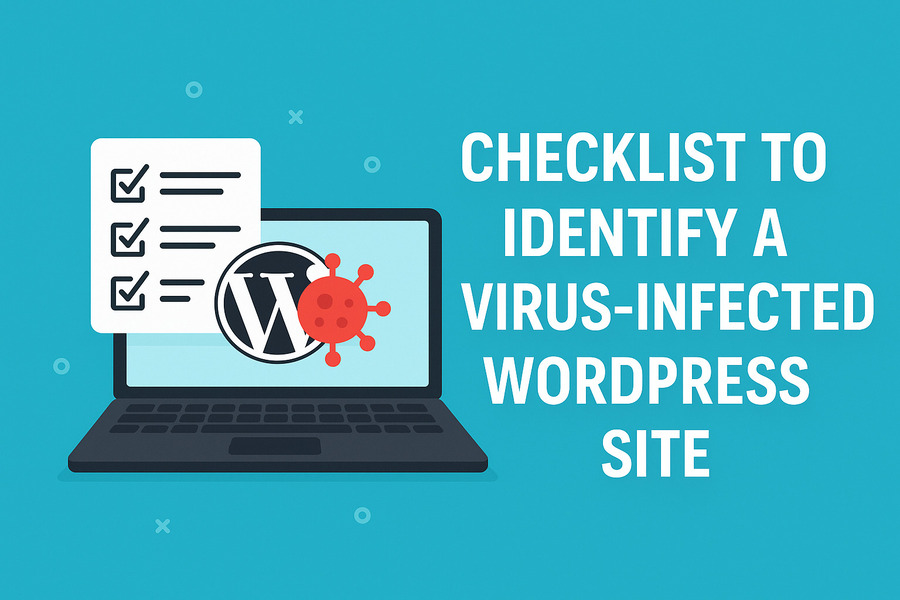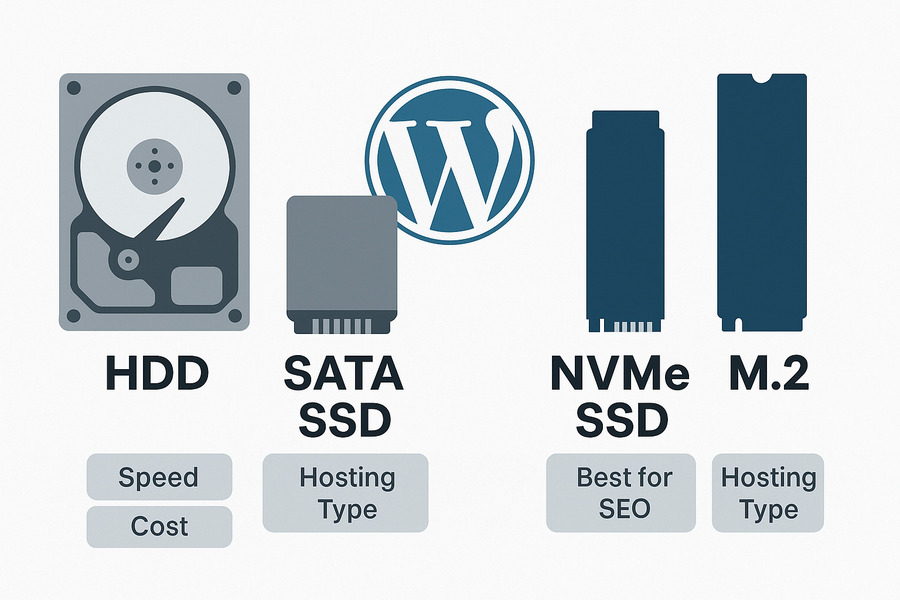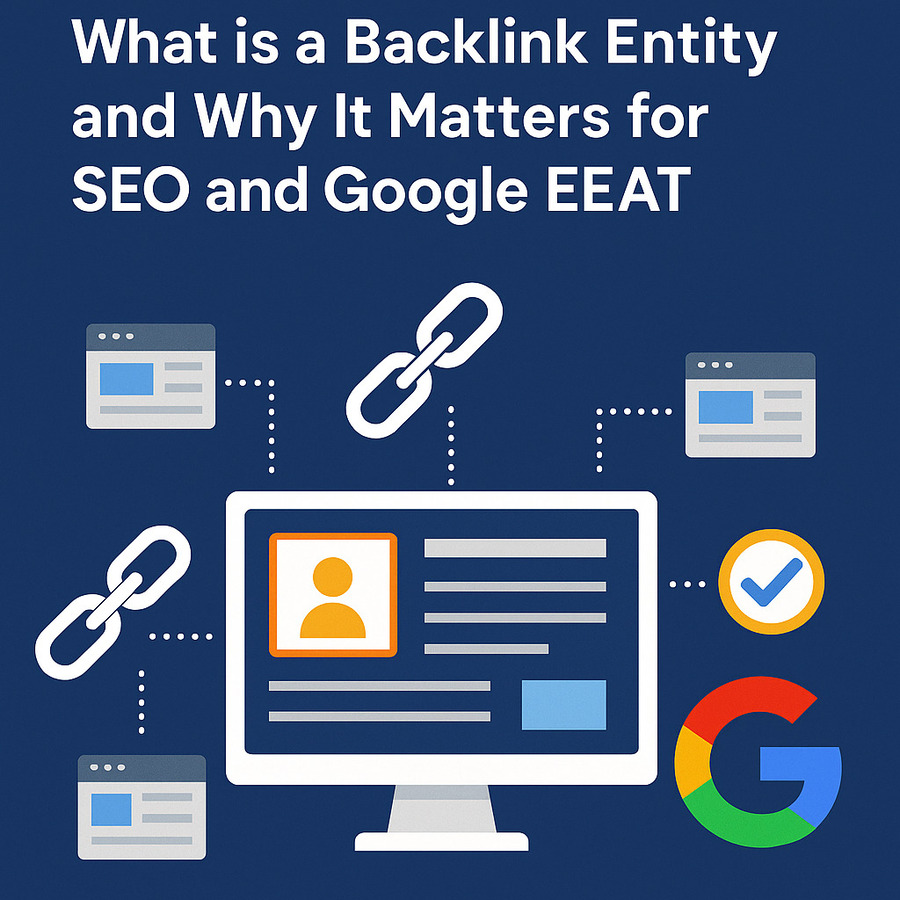How to Detect If Your WordPress Website Is Infected with Malware
Website security is not just for big companies. If you’re running a WordPress site, especially one with plugins and themes from various sources, your site could be a target for malware, viruses, or malicious redirections. This comprehensive checklist will help you identify the signs of infection, diagnose problems, and take immediate action to protect your SEO, traffic, and data.

Why WordPress Websites Are Easy Targets
- Open-source nature with widespread adoption
- Use of outdated or nulled plugins/themes
- Weak hosting security or shared environments
- Lack of basic firewalls or brute-force protection
Consequences of a Hacked or Infected Website
- Loss of Google rankings and organic traffic
- Site blacklisted or marked as harmful by Google Safe Browsing
- Data theft, email blacklisting, or hosting suspension
- Reputational damage and loss of user trust
Common Signs Your WordPress Site Is Infected
Sudden Behavior Changes
- Unusual redirects to unknown domains
- Popups or banner ads that were never installed
- Homepage defaced or text/images replaced
SEO & Traffic Disruptions
- Sudden drop in rankings on Google
- Indexing issues or deindexing in Search Console
- Influx of visitors from suspicious countries
Security Warnings & Alerts
- Browser warnings: “Deceptive Site Ahead” or “This site may harm your computer”
- Emails from your hosting provider about infected files
- Google Search Console security issues (malware/phishing)
Manual Checks Inside WordPress Dashboard
Admin Area Red Flags:
- Unknown admin users added without your knowledge
- Plugins or themes disabled or deleted without action
- WordPress settings (site title, permalinks) altered
- New posts/pages with spammy content or external links
Scan Your Website with Trusted Tools
Online Malware Scanners
- Sucuri SiteCheck (https://sitecheck.sucuri.net)
- Quttera Website Malware Scanner
- VirusTotal (URL scan)
WordPress Security Plugins
- Wordfence – real-time firewall + malware scanning
- iThemes Security
- MalCare Security Plugin
Check Files & Code for Malicious Content
Suspicious Code Patterns
- Use of base64_decode, eval, gzinflate, str_rot13
- Unexpected scripts in header.php, footer.php, or functions.php
- Encoded scripts in .ico, .bak, or .php files under /uploads/
.htaccess Redirects
- Unexpected redirections in .htaccess file to spam domains
- Rewrite rules leading to phishing or malware pages
Analyze Hosting & Server Logs
Log File Red Flags:
- Unusual POST requests to xmlrpc.php or wp-login.php
- Access attempts to non-existent plugins or admin paths
- Scripts inside cgi-bin/, /tmp, or /logs folders
Compare with a Clean WordPress Version
File Comparison Techniques:
- Use diff tool to compare with clean WordPress core
- Use WP-CLI:
wp core verify-checksumsWhat To Do If You Detect Malware
Immediate Actions
- Take a full backup before any action
- Put the site into maintenance mode (prevent further harm)
- Clean the infected files manually or use security plugins
- Submit a reconsideration request in Google Search Console if blacklisted
Final Checklist to Prevent Future Infections
- ✅ Keep WordPress, themes, and plugins up to date
- ✅ Use only trusted sources for plugin/theme installation
- ✅ Install firewall plugins like Wordfence or Sucuri
- ✅ Regularly scan your site with malware tools
- ✅ Disable file editing in wp-config.php
- ✅ Use strong passwords and two-factor authentication
A hacked WordPress site can be a nightmare — loss of SEO, trust, revenue, and control. But with regular maintenance, awareness, and proactive security checks, you can detect infections early and avoid long-term damage. Bookmark this checklist and perform routine audits to ensure your website stays secure, healthy, and fully optimized for Google search.









